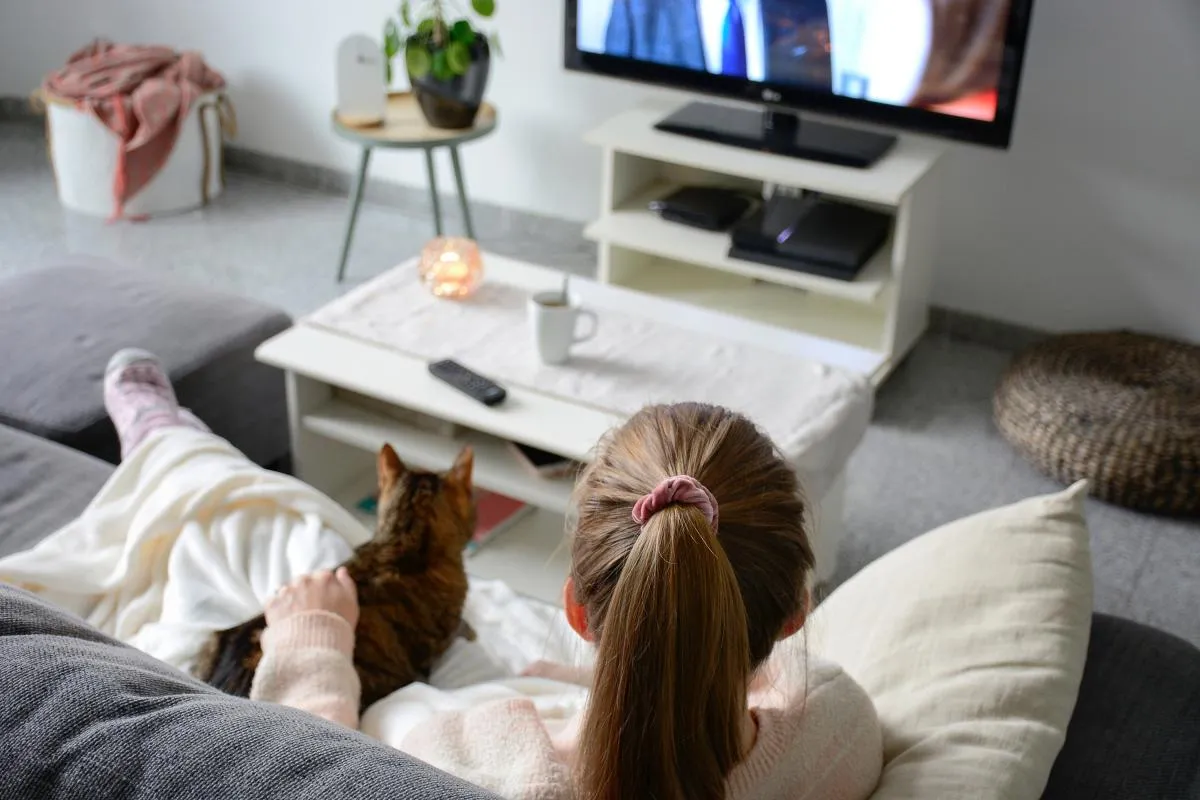It’s been about two months since most Americans transitioned to stay-at-home orders, enough time for new data to start becoming available to measure how habits have changed. With more time on their hands, many have turned to their screens to fill the days, according to new data. Nielsen reports that Americans are streaming TV content at about twice the levels they were last year. In fact, for the week ending in April 27, Americans streamed approximately 150.5 billion minutes of video. For comparison, the same week last year saw 84.8 billion minutes of streaming video.
Web Traffic
In fact, this jump in viewership is also reflected when we look a web traffic. Recently, Sandvine reported that the major streaming services made up a combined 50 percent of web traffic across the Americas since March. On top of that, 77 percent of adult US broadband users who subscribe to a traditional pay TV service use the video on-demand feature. In that same group, 60 percent report spending more time watching on-demand programming while under stay-at-home orders.
Comfort Viewing
Watching more entertainment isn’t the only change experts have observed. According to Hulu, audiences are more engaged with what they call “comfort viewing,” and point to the fact that in April, Hulu users streamed 11 million hours of the hit 80s show “The Golden Girls.” In contrast, cable news has also felt an increase, with Fox News and MSNBC reporting that April was among the largest audiences in the networks’ histories, despite the fact that Nielsen reported a slight dip in news viewing overall.
Production Impacts
We are also seeing a change in how production is adapting to social distancing, as many shows have been forced to pause their filming. While the long-term picture of production is still fuzzy, we can glean some insight from live events such as late-night shows and sports. ESPN and the NFL this year held their first ever virtual NFL draft, with each party participating from home instead of a large stage event. The draft was a success, drawing about 15.6 million viewers, a 37 percent increase from last year. Comedy Central and others have moved their late night shows into the host’s home, Trevor Noah for example has begun hosting what has been lately called “The Daily Social Distancing Show” from his living room, expanding the program from its usual 30 minutes into 45 minutes as audiences crave a humorous take on the news.
Moving Forward
It is unclear, however, how long these trends will hold. In April, Nielsen saw a slight dip in viewing minutes, indicating there might be a coming “TV fatigue.” Many experts expect these numbers to be temporary, but what is almost certain is that this period will change how we interact with and consume entertainment. We know that the percentage of people trialing an OTT service jumped from one in three US broadband households to over 40 percent compared to last year. Additionally, users are signing up for more services than ever before. The percentage of consumers trialing four or more services increased to 8 percent. Many cable networks like HBO, Showtime, and AMC have made their award-winning shows available to view without a subscription, or offered free trials, while Comcast has extended its VOD services to all subscribers.
As time goes on, we’ll get a better picture of how this period is changing the entire entertainment industry, but for now it appears there’s still a strong appetite for video programming, and thankfully more TV shows than ever before to fill the time.








